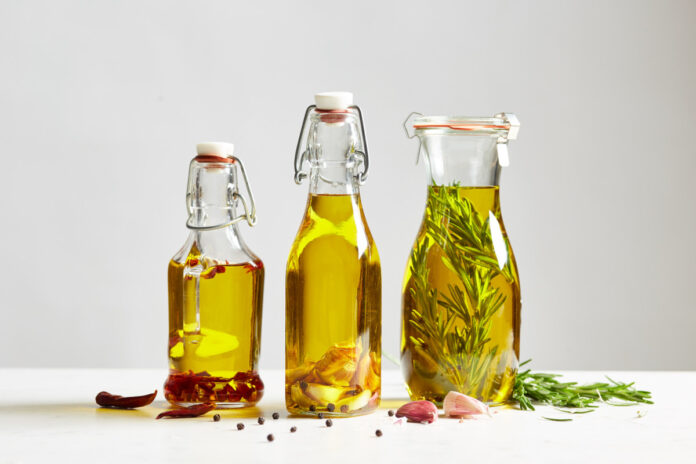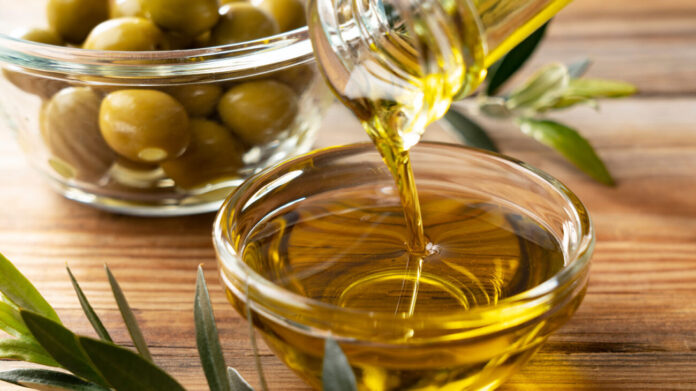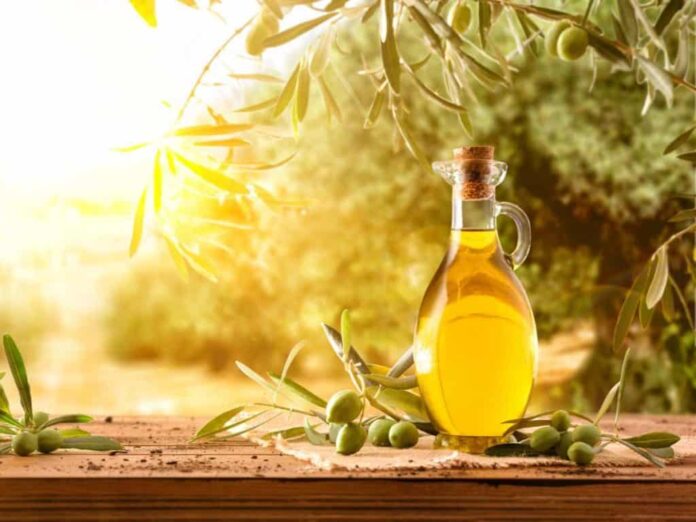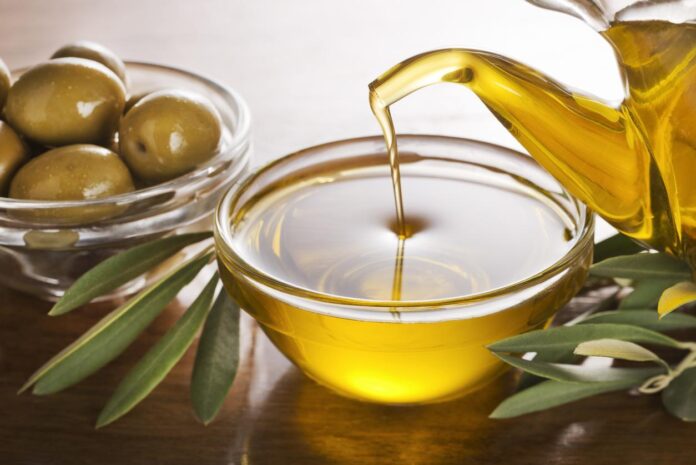Are you unsure of whether that bottle of olive oil in your kitchen has gone bad or not? Don’t worry – you’re not alone! In this blog, we’ll take a look at the different ways to detect if that olive oil is still edible…or not so much. So, let’s get started – let’s figure out if that olive oil is past its prime!
Signs that Olive Oil is Spoiled

Olive oil is a healthy fat that is integral for cooking, baking, and in making savory sauces. When stored properly and used within the recommended timeframe, it can last for up to two years. Beyond that, it can start to break down and go bad. Identifying signs of spoilage can help you avoid using spoiled oil that could potentially impact the flavor of your meals.
Below are some common signs that indicate your bottle has gone bad:
- The test of odor: If it smells rancid or off, it’s likely expired and should be discarded.
- The taste test: If the flavor doesn’t match what you expect from fresh oil, then it’s likely expired.
- Cloudy appearance: If your bottle is no longer clear or contains noticeable particles or sediment, throw it away as this could be evidence that it has gone bad.
- Pouring difficulty: Expired products will become thicker over time and may begin to lose their free-flowing consistency.
How to Store It

When you buy the best olive oil, it is important to store it properly in order to maintain its freshness and preserve the many health benefits it has to offer. To ensure your oil remains at its optimum quality, here are some tips on how to store it properly:
- Keep the container tightly sealed when not in use. Oxygen, light, and heat are some of the main factors that affect an olive oil’s taste, so keeping it in an airtight container can help keep out these elements.
- This food has a longer shelf life if kept away from sunlight and other sources of light. Store your bottle in a cool and dark place such as a cupboard or pantry.
- When you open a bottle of olive oil for use, be sure to close it tightly after each use and keep it away from potential contaminants.
- If you buy it only occasionally, it may be best to purchase smaller bottles or cans since once opened, the quality begins to deteriorate quickly. Discard any remaining contents several weeks after opening if they have not been used up by then.
- If you are planning on storing large amounts of extra virgin olive oil over time, transfer portions into plastic containers which can be sealed tightly before placing them in the cupboard or pantry where they will enjoy dark temperatures no higher than 68 degrees Fahrenheit (20 degrees Celsius).
- When shopping for bulk bottles of extra virgin or pure oils, look for ones with lower acidity levels since higher acidity levels indicate degradation over time due to exposure to air and other elements such as temperature fluctuations which could lead your stored product going bad before their expiry date.

In conclusion, olive oil is a healthy addition to any kitchen and diet. You can tell that it has gone bad if you notice any off-tastes, odors, or discolorations. It can also be affected by light and heat exposure – so it’s best when kept in cool, dark environments.




